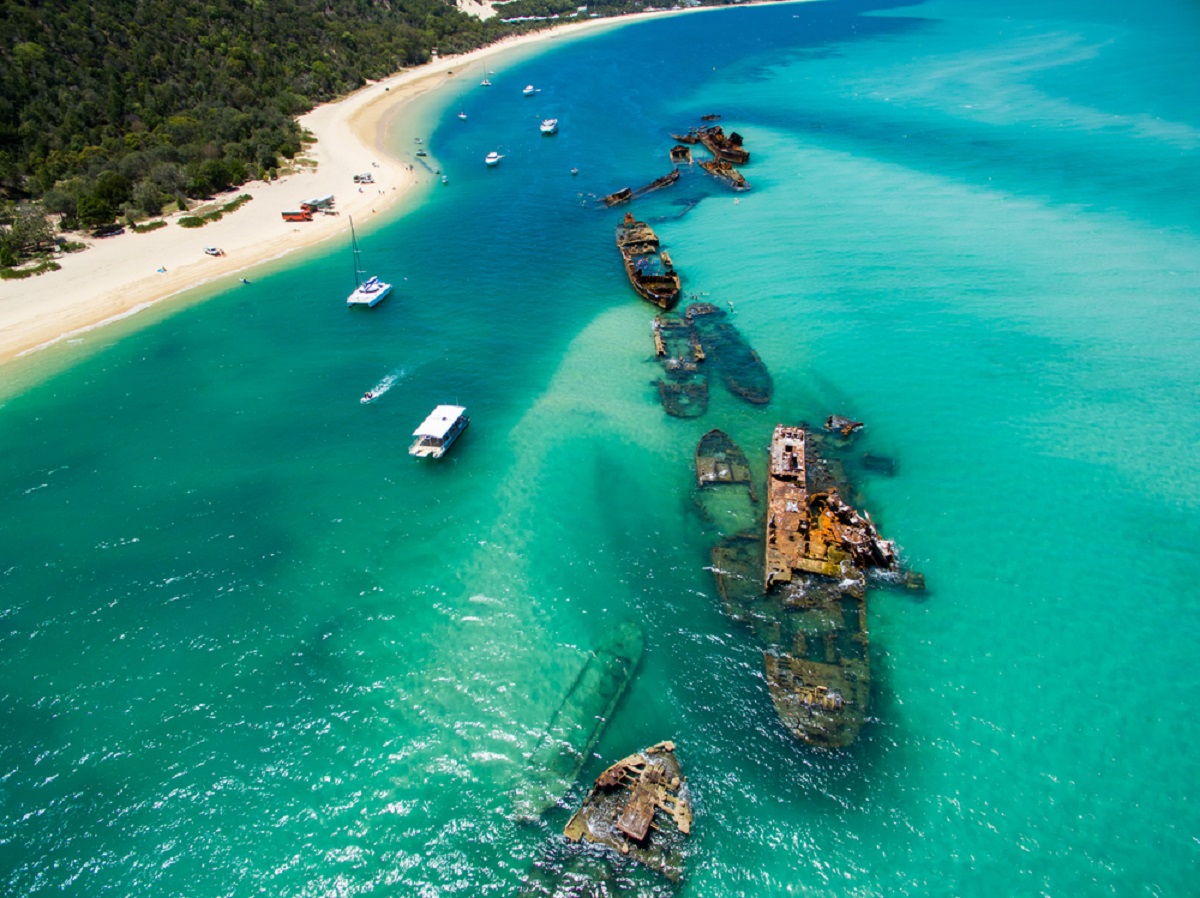
Vulnerable Moreton Bay needs all hands on deck
Healthy Land & Water is backing calls for a coordinated effort to reduce sediment levels and improve the overall quality of South East Queensland’s magnificent Moreton Bay.
 The monitoring has found that sediment and nutrient loads are the biggest threat to Moreton Bay.
The monitoring has found that sediment and nutrient loads are the biggest threat to Moreton Bay.
The problem
In light of recent media coverage about the condition and value of the bay, Healthy Land & Water Chief Executive Officer Julie McLellan said the organisation was committed to working with all levels of government and community to ensure the bay could withstand rising environmental threats.
“Moreton Bay is one of South East Queensland’s crown jewels; a stunning and diverse marine ecosystem of lakes, abundant wildlife, pristine beaches, and a rich cultural history that spans thousands of years,” she said.
“But like many of South East Queensland’s natural assets, it is under threat due to rapid population growth, climate change, and extreme weather events and we must work together now to protect the bay for future generations.”
Ongoing environmental monitoring conducted as part of the annual Healthy Land & Water Report Card has found the greatest threat to the bay is sediment and nutrient loads generated by the erosion of riverbanks in upper catchments and increased urbanisation.
Ms McLellan said Moreton Bay was in overall good condition but sediment levels were a continued cause for concern.
“The level of nutrients in the bay has fallen in the last 15 years as a direct result of the investment in the sewage treatment plants,” she said.
“But we haven’t seen any reduction in sediment levels and that is now our focus. We also have to keep a vigil on the amount of sediment flowing into the bay as the urban areas increase over the next 20 years.”
Ms McLellan said that once sediment and nutrients enter the bay, they damage seagrass and coral populations, kill marine life, and change the quality of the water.
“To prevent that, we’ve been implementing many projects including our Healthy Catchments program, which focuses on stabilising river banks and channels so the sediment doesn’t erode into the water and get transported downstream,” she said.
At Laidley Creek in the Lockyer Valley, a 3km section of degraded river banks was rehabilitated by the planting of more than 20,000 trees and the installation of strategically positioned tree trunks called ‘log jams’.
The log jams, which were also installed in a similar project at Upper Warrill Creek, are stacked and crisscrossed to slow and deflect the water flow, which protects the creek banks and nearby farming lands during flood events.
Ms McLellan said the projects had seen very impressive results and rehabilitated sections had stood up well when floodwaters struck the region in early 2017 on the back of severe weather generated by ex-Tropical Cyclone Debbie.
In addition to the organisation’s work in upper catchments, Ms McLellan said Healthy Land & Water was working alongside the Traditional Owners of Moreton Bay to find solutions that improved all elements of the bay.
“We’re committed to applying the insight and expertise of the Quandamooka people to not only protect the environment of the bay but also the cultural and social values of the entire community,” she said.
“For our efforts to have their greatest impact, this has to be a collaboration between all people. From government to industry to farmers to landholders, we all must do our bit to protect this remarkable ecosystem.”
Healthy Land & Water will release its latest assessment of Moreton Bay’s environmental condition with the launch of the 2017 Report Card on 2 November.



